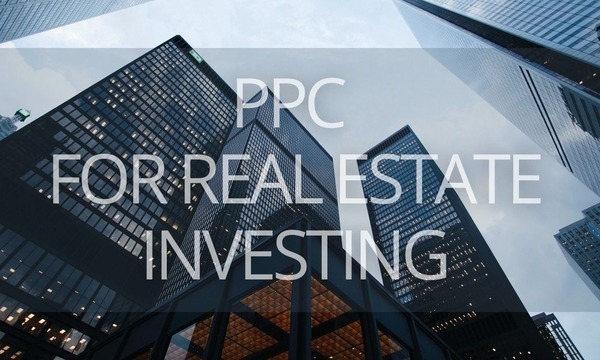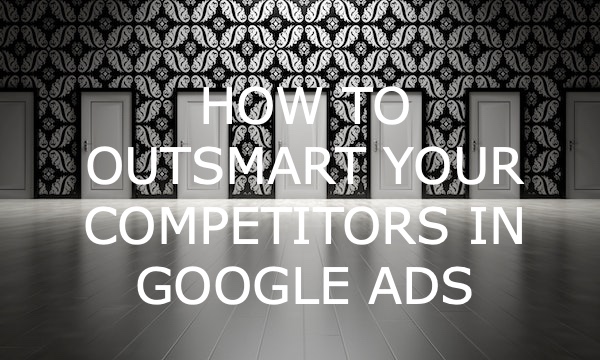Advertising on search engines is one of the obvious go-to strategies to bring traffic to your website and ramp up more sales. Simon Kemp, the chief analyst at DataReportal, reports that $260 billion were spent on search advertising in 2022, showing a 15.4% increase compared to 2021.
While the most popular search ad service is Google Ads, Microsoft Advertising (formerly known as Bing Ads) has 1.2 billion users and remains its top competitor — and probably the most underrated one. The two services share the same concept: contextual advertising platforms designed to help businesses find the right audience and get quality traffic and conversions. Each of them has its features, which might be hard to distinguish if you’re new to search advertising.
In this article, we’ve got you covered on what makes the two services different.
Advantages of Google Ads
CMN (contextual media network)
The Google Contextual Media Network has two million sites and more than 90% of Internet users. It includes ads on Google web services, such as Gmail, video ads on YouTube, and any site that uses AdSense. CMN is a huge field of opportunity. Not only can you use it to raise awareness about your business, but also to remarket to those customers who haven’t converted yet.
The Bing Contextual Ads Network officially stopped working in July 2017.
Scale
Google has been the No. 1 search engine since 2003. It’s bigger and more popular than Bing. More traffic means more opportunities to reach targeted audiences and get conversions.
Country targeting
Google Ads works in all countries, except for the sanctioned regions (Crimea, Cuba, Iran, North Korea, Sudan, and Syria). Microsoft Advertising only works in 93 countries. It is expanding rapidly, though, and you can suggest a new targeting region or vote for one suggested earlier.
Language targeting
With Google Ads, you can target 51 languages, while with Microsoft Advertising, it’s just 32. Plus, in Bing, the language of the ad determines the country for targeting: ads will only appear if you have selected the correct language for a particular country. For example, in Germany, ads may be shown in German and English. If you choose Italian or French, they won’t be displayed.
Advantages of Microsoft Advertising
Cost per click (CPC)
Competition in Bing is weaker, so the traffic is cheaper. Low CPC is especially interesting in highly competitive niches: law, insurance, medicine. According to ReportGarden, the average CPC in Bing is 60% lower than in Google Ads.
In fact, the difference in average CPC between Microsoft and Google Ads can be as high as 70%. Search Engine People found that the CPC in Bing was lower by 32.5% for the auto industry and 59.2% for the insurance industry.
Choosing where to search
Google offers advertisers only two options: target the search network only or search network and search partners’ sites.
In Microsoft, you can choose to only advertise on Bing and Yahoo!, on the search partners’ sites, or in all search networks. You can also create a report to check which search partners bring traffic to your website and which you should exclude.
Ad scheduling
In Google Ads, the time of display can only be based on the time zone you have chosen when creating your account. For different countries, you have to manually calculate the hours to adjust the schedule.
In Microsoft ads, it’s different. Ads are shown depending on the location of your potential clients. This means no extra calculations and allows different scheduling for multiple campaigns.
A lucrative audience
Traffic quality is another reason to opt for the Microsoft search network. While it’s not as wide as Google’s, it has a different audience in terms of demographics. For instance, among the users on the Microsoft Audience Network:
- 25% are 45 and older;
- 37% have a household income in the top 25%;
- 51% in the B2B sector are decision-makers.
This shows that a large percentage of users are more mature, financially secure, and influential in business decisions.
Combined with less competition for bidding and a lower average CPC than you can get with Google, your paid ads may result in a considerably higher return on investment (ROI).
LinkedIn Integration
The most popular business network provides a massive layer of an interested target audience, which is especially relevant for B2B advertising. The amount of information provided in LinkedIn profiles cannot be overstated, and neither can be the value of LinkedIn profile targeting. To date, Microsoft is the only advertising platform that has this integration and thus, exclusive access to this layer.
Not better, just different
In-market audiences for search
Both Google and Bing allow advertisers to add in-market audiences to their campaigns to bid differently to groups that are likely to be actively researching or ready to purchase products or services in a specific category. Both platforms also allow to increase the bids on these groups by up to 900% or reduce them by up to 90%.
The major difference between them are the actual categories within each channel. For instance, Microsoft Advertising has the “Arts & Crafts Supplies” and “Family & Community” categories not presented in Google Ads. Each channel has several categories and subcategories that the other doesn’t. So if you assumed that in-market audience layers were the same between the channels, you’d do well to check them out carefully. The spreadsheet of all the in-market audiences available in Google is here, and for Bing, it is here.
Bidding strategies
Bid strategies allow for managing your bids using the platforms’ analyses of patterns in searches, clicks, and conversions.
Google Ads, in addition to the standard manual bid selection, has 7 automated bid assignment strategies:
- Position on the search engine results page
- Clicks
- Conversions
- Conversion value (Revenue)
- Views
- Impressions
- Email openings
Besides, there’s an option for smart bid assignment that leverages machine learning to optimize the bids in real time.
Microsoft Advertising has 5 automated strategies available for search campaigns and no manual bidding:
- Enhanced CPC
- Maximize clicks
- Maximize conversions
- Target cost per acquisition (CPA)
- Target return on ad spend (ROAS)
Called “automated,” these bidding strategies are actually “smart” in the Google Ads language, as they also adjust spending based on machine learning to result in a maximum ROI.
So is Microsoft Advertising a go-to for B2B?
It depends.
Microsoft offers a wide range of ad formats, including text, graphics, and videos, as well as audience analytics and automated bidding strategies.
Coupled with a competitive price and a variety of pricing options, Microsoft Advertising makes an appealing option for B2B campaigns with limited budgets.
Yet, experts note that the sales volume is likely to be lower than that of Google. For that reason alone, brands may be hesitant to use it.
Conclusion
In the dispute between Microsoft and Google, some automatically conclude that Google is the king for both users and marketers when it comes to preferences and overall user experience.
Looking at advertising on Google versus Bing, the former is more expensive and has more reach and more advanced targeting options. On the other hand, Microsoft Advertising has some salient features not offered by Google: quality traffic and exclusive access to business-oriented audiences, plus, convenient time settings for multiple campaigns.
Thus, we would advise companies to adopt an integrated PPC strategy that combines both services. In this case, your campaigns will benefit from the unique capabilities of both platforms and reach a much wider audience overall. And if you haven’t got an account on Bing yet, you can create one for free and manage it through PromoNavi.



